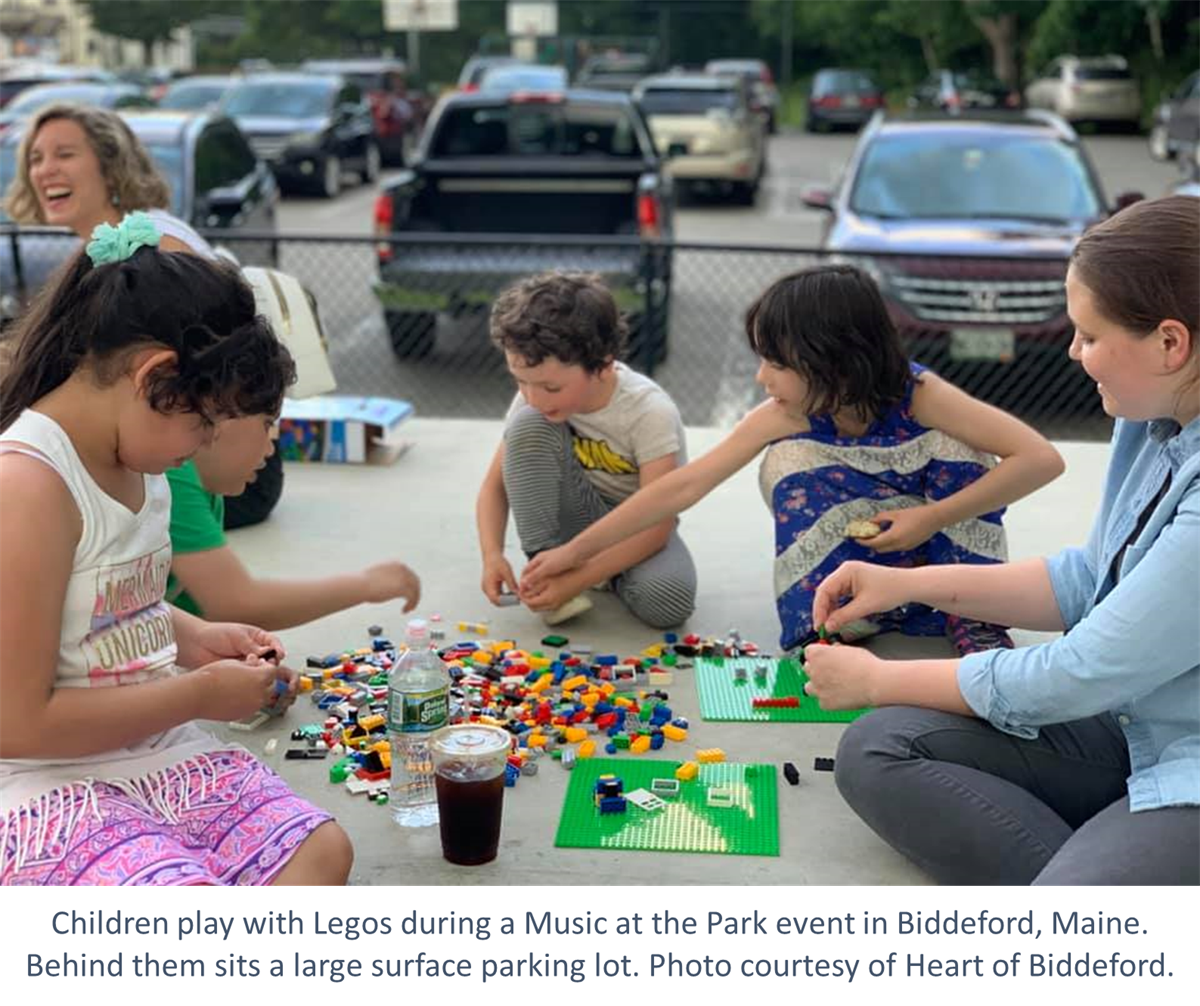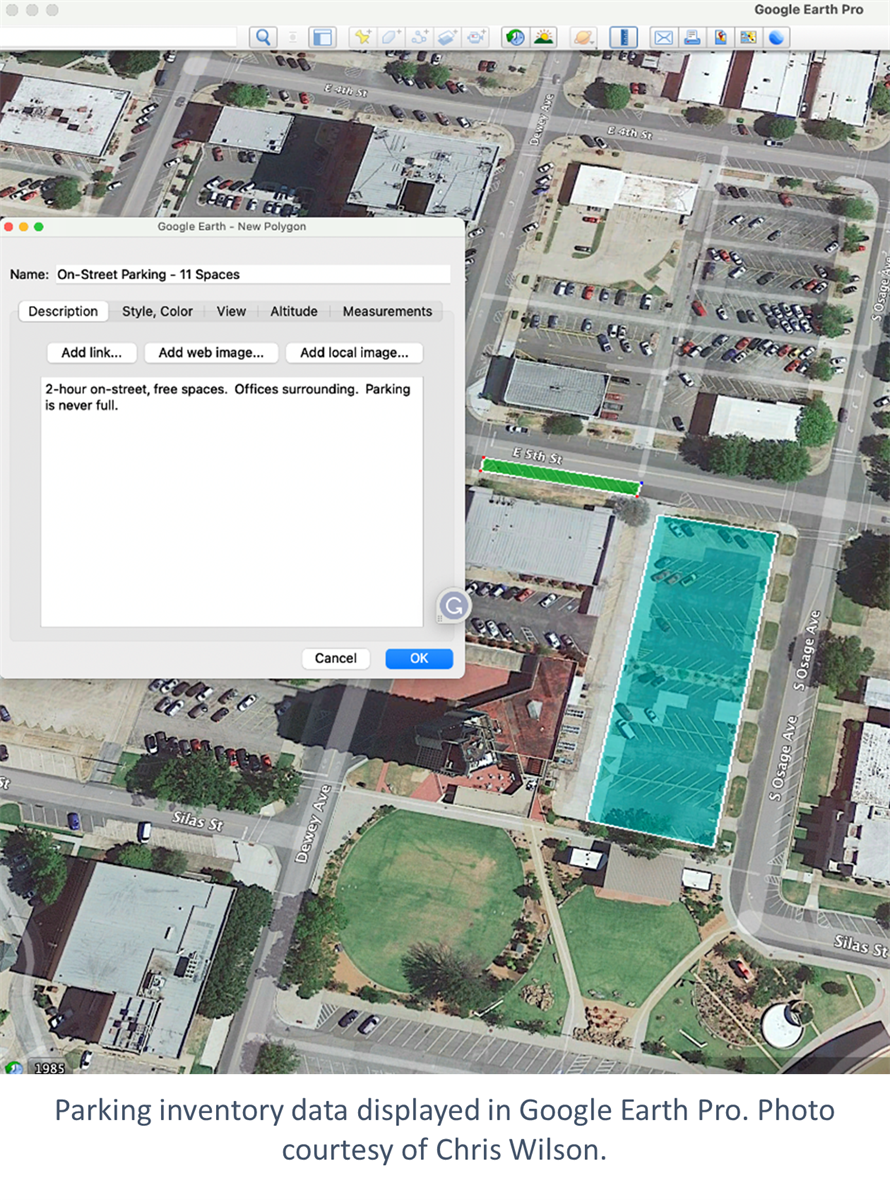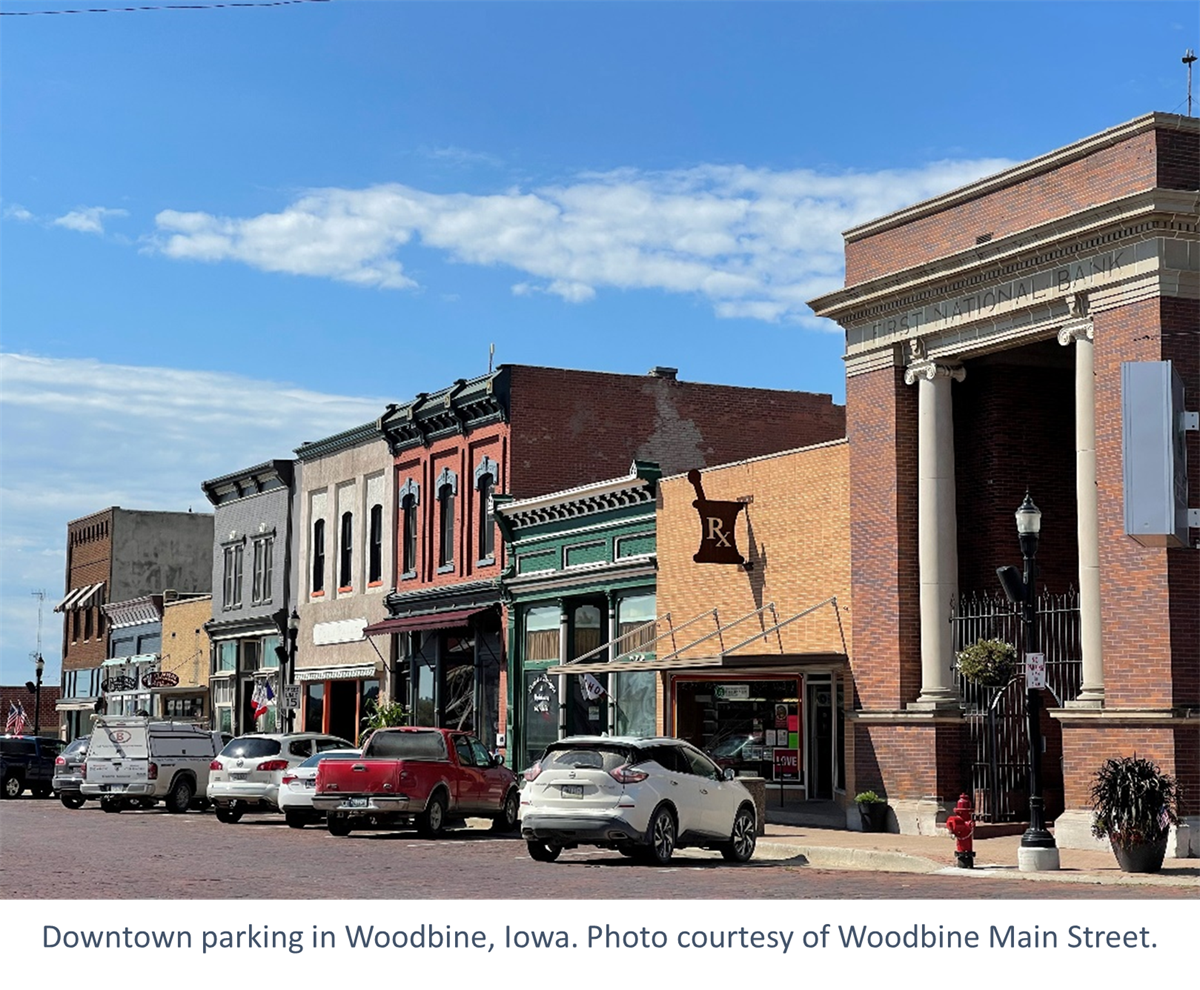Announcing the 2025 Science Discovery on Main Street Implementation Grantees
Meet the seven grantees of the 2025 Science Discovery on Main Street Implementation Grants!

Marion, Iowa © Tasha Sams
We work in collaboration with thousands of local partners and grassroots leaders across the nation who share our commitment to advancing shared prosperity, creating resilient economies, and improving quality of life.

Emporia, Kansas © Emporia Main Street
Made up of small towns, mid-sized communities, and urban commercial districts, the thousands of organizations, individuals, volunteers, and local leaders that make up Main Street America™ represent the broad diversity that makes this country so unique.

Chicago, Illinois © Main Street America
Looking for strategies and tools to support you in your work? Delve into the Main Street Resource Center and explore a wide range of resources including our extensive Knowledge Hub, professional development opportunities, field service offerings, advocacy support, and more!

Waterloo, Iowa © Main Street Waterloo
Your one-stop-shop for all the latest stories, news, events, and opportunities – including grants and funding programs – across Main Street.

Kendall Whittier — Tulsa, Oklahoma © Kendall Whittier Main Street
Join us in our work to advance shared prosperity, create strong economies, and improve quality of life in downtowns and neighborhood commercial districts.

Want to start a lively discussion among a group of urban planners? Ask them about parking. Parking has a significant impact on our lives, our economies, and the landscape of our downtowns. Should we have more parking? Less parking? Surface lots? Street parking? It is important for Main Streeters to understand the debate around parking and the tools their communities can use to find solutions.
Ask any downtown visitor—in small towns or large cities—about their experience, and they’ll likely complain about parking: not enough parking, poorly placed parking, expensive parking. At the same time, many urban planning and community development advocates view the problem in the opposite direction: too much parking, too much free parking, too much land used for cars.

On a national level, few can argue that we don’t have enough parking. Research has shown that there are at least four parking spaces for every car in the United States. But parking is not distributed equally. Many of us have seen a vast, empty parking lot at a standalone big box store. Many of us have also driven in circles trying to find a street spot in a trendy downtown district. At the core of this debate are questions about where parking is located, who is prioritized on our streets, and how to use limited spatial resources effectively.
These questions have real implications for the ways we design our downtowns. So, where should we put all our cars?
The International Parking and Mobility Institute estimates that each on-street parking spot adds $20,000 in revenue to local economies. “Parking drives economic development perhaps more than ever in today’s urban resurgence,” argued Andrew R. Long in an article for the Institute. Free and plentiful parking can certainly be a big draw in attracting shoppers to small businesses, while limited downtown parking can push people towards big box retail.
Access to parking is also a critical factor for many people when purchasing or renting a home. In 2021, 97.1 percent of families owned at least one car. Those families need places to park their cars near their homes.
Research has found that well-designed parking programs can improve access to small businesses, promote job growth, increase housing opportunities, provide funding for municipalities, and even complement the aesthetics of the community.
Our downtowns and neighborhood commercial districts are geographically limited, and this means that land is very valuable. Every parking spot could also be a park, a streatery, or a traffic-calming measure. When faced with these trade-offs, many argue that communities and places are better served by parklets than parking.
Parking minimums have a significant impact on downtown development patterns. “A requirement of one parking space per 100 square feet for restaurants means the typical eating establishment will devote three times as much space to parking as it will to dining,” wrote Michael Manville in The Atlantic. In downtowns, where space is at a premium, parking requirements can prevent new retail, dining, and housing altogether. Research has also shown that parking minimums often cause an oversupply of parking.
In 2016, the City of Biddeford in Maine conducted a study on the impact of free parking in their downtown. They found that more than $4,000,000 of taxpayer money is spent on their downtown surface parking, which is offered to visitors at no cost. If they switched to a new model, those funds could be redirected to other uses like multi-family housing, which in turn could increase economic activity. “People go to downtowns for the energy and excitement. No matter how hard one tries, you cannot create surface parking lots that provide energy and excitement,” wrote the study authors.
By Chris Wilson, Director at Bartlesville Redevelopment Trust Authority and Main Street America Board Member
Data collection is the most important factor when determining if there is a parking issue. Understanding that parking management is not a one-time fix is important as well. Parking conditions and needs change as tenants come and go, whether they be shops, restaurants, offices, or residents. Here are three steps you can take to understand the state of parking in your downtown.
1. Conduct a parking inventory.

Count every parking spot in your district, both on-street and off-street parking. Here is the data you should consider collecting about each space:
On-Street
Off-Street
2. Understand the needs of nearby businesses.
You need to know what types of shops, restaurants, or offices/employers are in the block you are counting (on both sides of the street). Some blocks may have many customer-focused businesses that rely upon on-street parking, while others may have offices that are business-to-business and rarely have the need for in-person customer interaction. You will need to know how long a typical customer stays at these locations. Some blocks also have clusters of shops and/or restaurants. Be sure to note these areas because shoppers or patrons of restaurants will often want to park and go from shop to shop or browse after a meal, which adds time to the amount of parking they need.
3. Create a map of your data.
Google Earth Pro is a great tool that anyone can use for free. Use the polygon tool to highlight and label certain lots or on-street parking spaces. You can add layers to show only on-street, off-street, or even specific parking types. Then, create a “.kmz” file to share with others that have Google Earth. Some cities may have GIS that can come in handy, too. Many can integrate the .kmz file into their GIS system.
Be sure to update the parking data every two to three years and not more than five years.
Just like the local Main Street should know about every property in their district, they should also know about the parking availability. This data can show the relationship between the times people can occupy parking spaces and businesses nearby to see if the on-street spaces are properly timed. It can also show if there is a need for nearby hourly or off-street daily parking. It may identify an overabundance of parking in one area but not another.

If you’re ready to make some changes to your downtown parking, the Main Street Approach Design Handbook includes a section on parking design. Parking Strategies to Support Livable Communities by the Chicago Metropolitan Agency for Planning is another great resource. Vibrant Blocks for Businesses: A Main Street Design Guide for More Beautiful Commercial Districts from the City of Detroit also offers interesting recommendations, including parking location, layout, and aesthetic design. Chris Wilson recommends The Parking Handbook for Small Communities by John D. Edwards and Parking Reform Made Easy by Richard W. Wilson. If you are interested in reaching out to peer communities that have removed minimum parking requirements Parking Reform Network has compiled this map.
“The solution is rarely to create more parking, but rather to more intelligently manage the parking that we have and try and find ways to control demand for parking by, for example, sharing it, pricing it, and telling people where it is,” said Henry Grabar, author of Paved Paradise: How Parking Explains the World in an interview with Vox. At least for now, we live in a world where people need cars and communities need parking. Main Streets can use technology and data to build parking programs that foster vibrant, people-oriented places while still providing spaces for people to park their cars.

Franklin Bronze Plaques, a Main Street America Allied Member, is this quarter's Main Spotlight advertiser. For more information about the products and services they provide to Main Street organizations, click here >